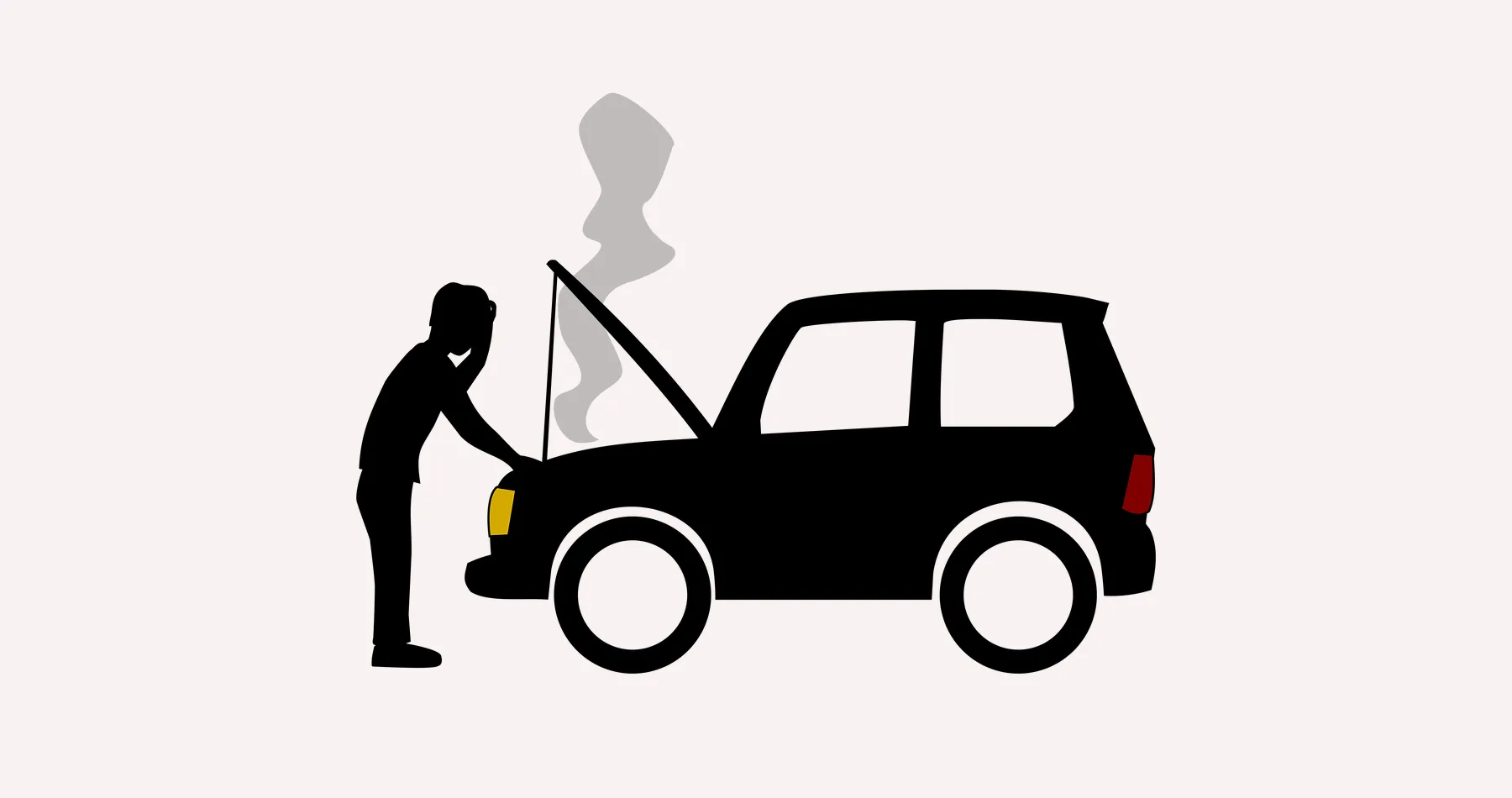A popular option for transportation requirements, the Omni van may experience heating issues that compromise its dependability and performance. We will examine the fundamental causes of Omni van heating problems in this comprehensive guide, along with a wide range of practical remedies to help you identify and fix them.
Common Causes of Omni Van Heating Problems:
- Coolant System Issues:
Issue: The coolant system is integral to the Omni van’s ability to regulate engine temperature. Low coolant levels or degraded coolant quality can lead to overheating.
Solution:
- When the engine is cold, check the coolant level regularly.
- Top up the coolant using the manufacturer-recommended type.
- Ensure the coolant mixture is appropriate for the prevailing weather conditions.
- Replace the coolant at recommended intervals to maintain its effectiveness.
Thermostat Malfunction:
Issue: The thermostat regulates the flow of coolant through the engine. A malfunctioning thermostat can disrupt this process, leading to overheating.
Solution:
- Locate the thermostat housing and remove it carefully.
- Test the thermostat by placing it in hot water to ensure it opens as the temperature rises.
- Replace the thermostat if it fails the test or shows signs of wear.
Radiator Problems:
Issue: Radiator issues, such as clogs or leaks, can impede the cooling process, resulting in overheating.
Solution:
Regularly clean the radiator fins using a soft brush or compressed air to remove debris.
Inspect the radiator for visible leaks or damage and repair or replace it accordingly.
Water Pump Failure:
Issue: The water pump is responsible for circulating coolant through the engine. A malfunctioning water pump can lead to inadequate coolant circulation, causing overheating.
Solution:
Listen for unusual noises coming from the water pump.
Check for leaks around the pump.
Replace the water pump if there are signs of malfunction.
Cooling Fan Malfunction:
Issue: The cooling fan is crucial for regulating engine temperature, especially during low-speed driving or stop-and-go traffic. Malfunctioning fans can lead to inadequate cooling.
Solution:
Inspect the cooling fan blades for damage.
Check electrical connections and fuses related to the cooling fan.
Repair or replace the cooling fan as needed.
Step-by-Step Solutions to Omni Van Heating Problems:
Check Coolant Levels:
Park the Omni van on a level surface.
Allow the engine to cool before opening the radiator cap.
Check the coolant level and add more necessary using the recommended coolant type.
Inspect the Thermostat:
Locate the thermostat housing and remove it carefully.
Test the thermostat by placing it in hot water. It should open as the water temperature rises.
Replace the thermostat if it fails the test or shows signs of wear.
Radiator Maintenance:
Clean the radiator fins using a soft brush or compressed air.
Inspect the radiator for any visible leaks or damage.
Repair leaks or replace the radiator if necessary.
Evaluate the Water Pump:
Listen for unusual noises coming from the water pump.
Check for leaks around the pump.
Replace the water pump if there are signs of malfunction.
Cooling Fan Examination:
Inspect the cooling fan blades for damage.
Check electrical connections and fuses related to the cooling fan.
Repair or replace the cooling fan as needed.
Advanced Diagnostic Steps:
For persistent heating issues, consider more advanced diagnostic steps:
Pressure Test:
Perform a pressure test on the cooling system to identify leaks.
Use a pressure tester to pressurize the system and look for pressure drops.
Examine Hoses and Belts:
Check for leaks or cracks in hoses connected to the cooling system.
Inspect the condition of the belts driving the water pump and cooling fan.
Compression Test:
Conduct a compression test to assess the engine’s overall health.
Low compression in one or more cylinders could indicate internal engine problems.
Examine Radiator Cap:
Check the radiator cap for proper sealing.
A faulty cap can lead to loss of coolant and subsequent overheating.
Preventive Measures to Avoid Heating Issues:
Regular Maintenance:
Adhere to the manufacturer’s recommended maintenance schedule.
Perform routine checks on the cooling system components.
Monitor Temperature Gauges:
Keep an eye on the temperature gauge regularly while driving.
Investigate any abnormal temperature increases promptly.
Use Quality Coolant:
Use the recommended coolant type and change it at specified intervals.
Ensure the coolant mixture is correct for the prevailing weather conditions.
Proactive Component Replacement:
Replace components like the thermostat, water pump, and cooling fan preventively, especially if they are nearing the end of their service life.
Conclusion:
It takes a comprehensive approach to diagnose and fix heating issues in Omni vans. By understanding the common causes and following the step-by-step solutions outlined in this guide, Omni van owners can address existing heating issues and implement preventive measures to ensure the optimal performance of their vehicles.
